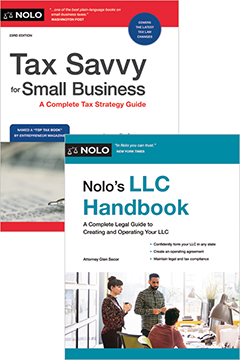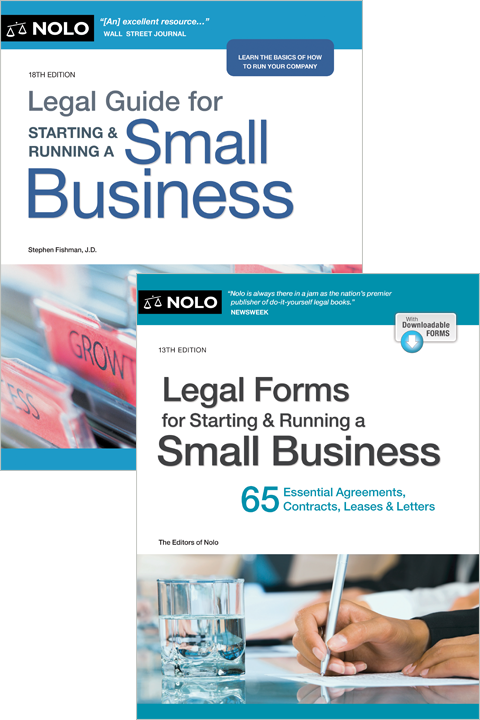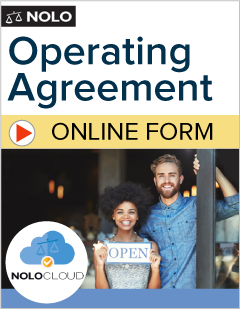Learn how to shift the risk of loss in certain contracts with this important clause.
If you've ever signed up for a gym membership, you've probably entered into a hold harmless agreement. It's a clause—a few sentences or more—in your contract that says the gym wouldn't be responsible if you injure yourself using the facilities.
These agreements are commonly found in industries where the risk of loss, damage, or injury from a service is both high and difficult to control.
What Is a Hold Harmless Agreement?
Hold harmless agreements are written into contracts to protect the business from lawsuits arising from the use of their services by others. They put the financial and legal responsibility for risks involved in using a service on the shoulders of the buyer or user of the service and protect the reputation of your business.
Hold harmless agreements are sometimes called "indemnity agreements," "waivers," or "releases of liability." But interpretations of indemnity often differ and might only apply to responsibility for financial losses while hold harmless definitions almost always involve legal as well as financial responsibility.
In addition to gyms and other businesses providing sports activities—whether they're low-risk like tennis clubs or high-risk like hang-gliding schools—hold harmless agreements are typically used by:
- construction companies
- real estate owners who rent properties, and
- special events companies like those that put on trade shows.
Examples of Hold Harmless Agreements
Hold Harmless Agreements in Construction. Let's say youre' a general contractor hired to remodel a home. You can use a hold harmless agreement to place responsibility for any damages to the home during the remodel on the homeowner. By the same token, the homeowner might want you to agree to assume all the responsibility if you or your workers get injured while working at the home.
Hold Harmless Agreements in Real Estate. Suppose you're a property owner who rents out a warehouse and one of the workers at the warehouse is injured on the property or a worker breaks a piece of equipment. A hold harmless agreement would place liability for the accident or the loss on the renter of the property.
Hold Harmless Agreements in Special Events. A trade show organizer wouldn't want to be liable if any of the exhibitors had an accident at the event or if their equipment was damaged. A hold harmless agreement would place responsibility for these types of situations on the exhibitors.
These are just a few examples. There are many instances when you can use a hold harmless agreement to shift responsibility for losses and damages to the person using your services and protect yourself against lawsuits.
What to Put Into a Hold Harmless Agreement
These agreements should be detailed and specific in order to hold up in court.
Be Precise. If you're a gym owner, your agreement shouldn't only refer to your premises, for example, it should also specify your weight training equipment, fitness classes, and any other facilities and services you offer. If your agreement simply says the member is responsible for injuries from the use of the equipment you might still be liable if a member is injured in a Zumba class.
Cover All Bases. Say you have a hold harmless agreement with a plumbing subcontractor, and the plumber's workers leave the home unlocked at the end of the day resulting in a theft. If your hold harmless agreement only refers to damages from leaks, liability for losses from the theft might fall to you.
Include Risks. These agreements should explain the type of risk involved. If you run a hang-gliding school, for instance, you'll want to include the possibility of death occurring from the activity in your agreement.
Enforcing an Agreement
Having a hold harmless agreement will protect you from a lawsuit in many instances, but there are some exceptions. Some states will not honor these agreements if they're too vague or too broad.
Some states prohibit the use of hold harmless agreements in the construction industry so it's important to check the laws in the state where you are operating.
It might also be difficult to enforce a hold harmless agreement that is considered unfair. Suppose a property doesn't meet fire codes and a fire on the premises damages the property of the renter. The property owner might still be liable for those damages because it's unfair to expect the renter to be responsible for maintaining the building to code.
You might also run into difficulty enforcing an agreement if the signer was forced or pressured into signing it.
Finally, a hold harmless agreement might not protect you from paying damages if the signer of the agreement goes bankrupt. Suppose you're a general contractor with a hold harmless agreement with a subcontractor, and the subcontractor is sued by the homeowner. If the subcontractor files for bankruptcy and is unable to pay, the homeowner might be able to come after you for the damages. Liability insurance can offer added protection in situations like this.
Drafting a Hold Harmless Agreement
As a business owner, you should be proactive in protecting your business assets. Most businesses will benefit from creating a hold harmless agreement. If your business involves particularly dangerous activities or space for accidents, then the task is even more critical. Many business owners can draft these agreements on their own. You can find examples and templates online.
But if your business has particularly complex risks or you want to be sure you're covering all your bases, consult with a business attorney. They can review any agreement you draft and make any suggested changes or additions. A lawyer can also draft an agreement for you and tailor the agreement to different situations.



